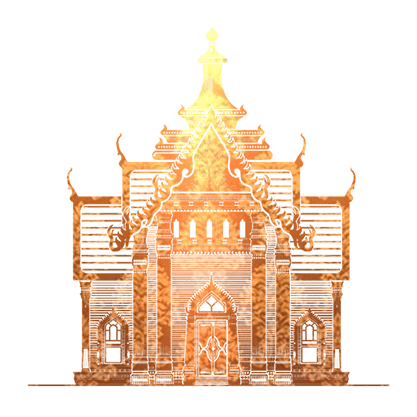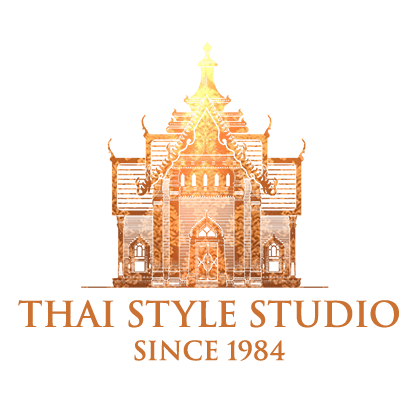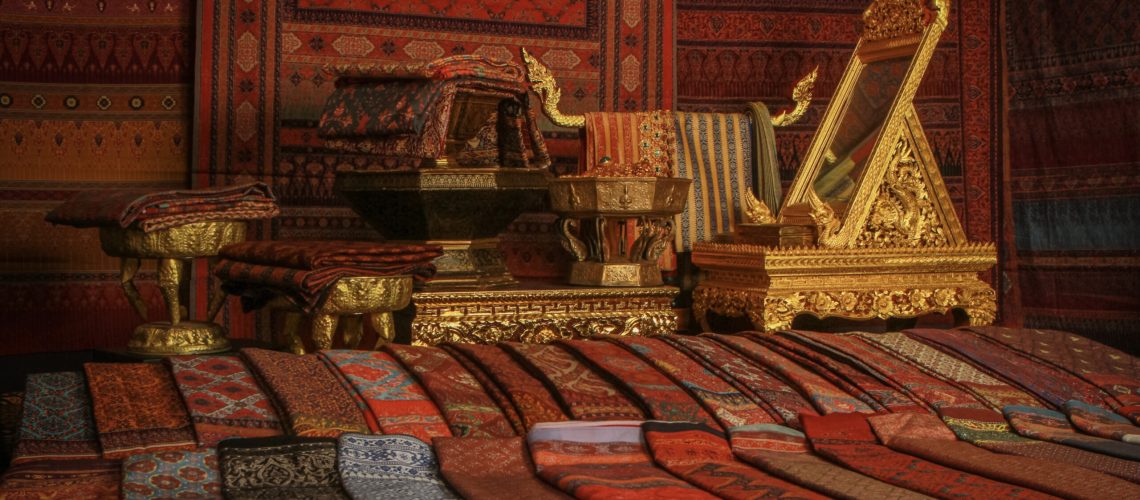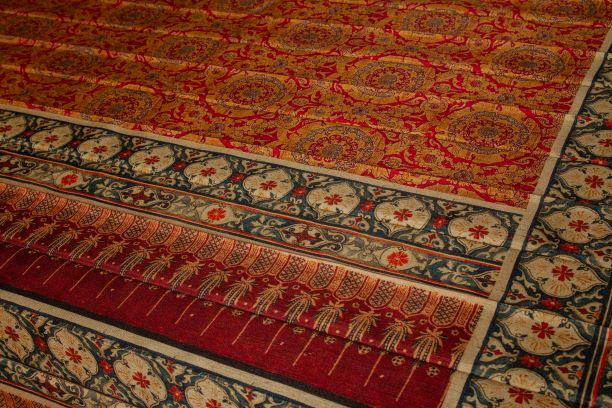
Back in the day, Siamese people customarily wore a single piece of cloth as their entire cover (Nung Puen Hom Puen). As the kingdom was located at the basin of the river, it contributed to the busy trades and hence the prosperous amount of imported goods. Indian fabric was one of the most popular goods at the time so most of the common attire of early Ayutthaya were made of Indian imported fabric.
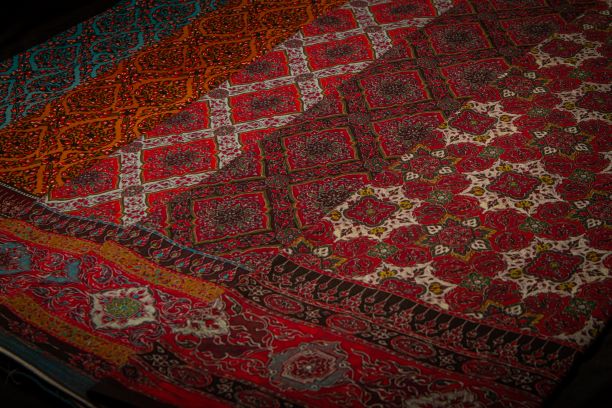


This particular fabric was also a symbol of the higher class. Due to its malicious, colorful and detailed features, Indian fabric gained popularity among Siamese’s nobility and found its way into the palace. Later on the Siamese royal then designed the pattern, and made an order for India’s production called ‘Pha Lai Yang’ (Designed fabric). These fabrics were also used to tailor the dresses and attires for the royalties.
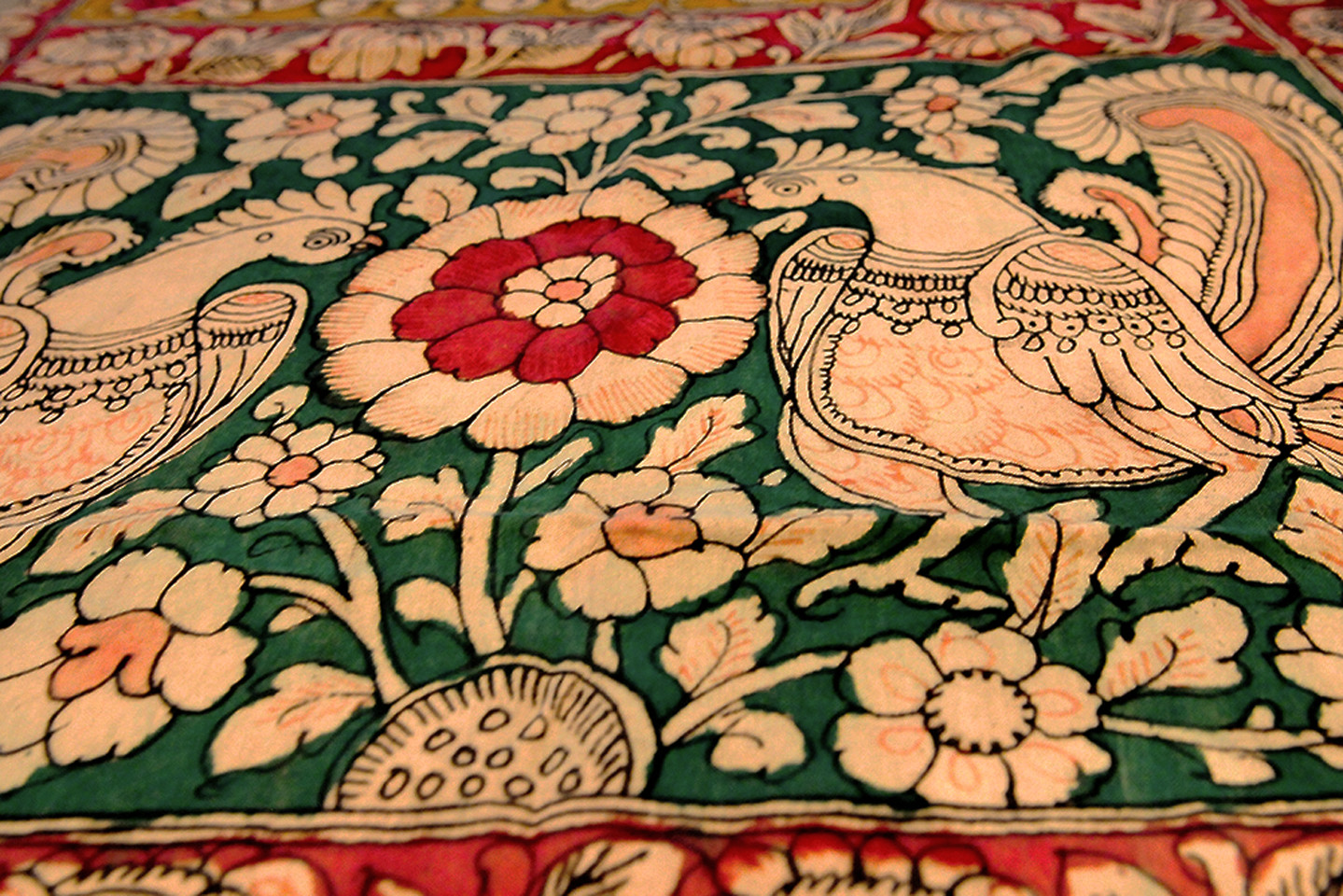
Indian-print fabric

Pha Lai Yang consisted of 3 essential parts
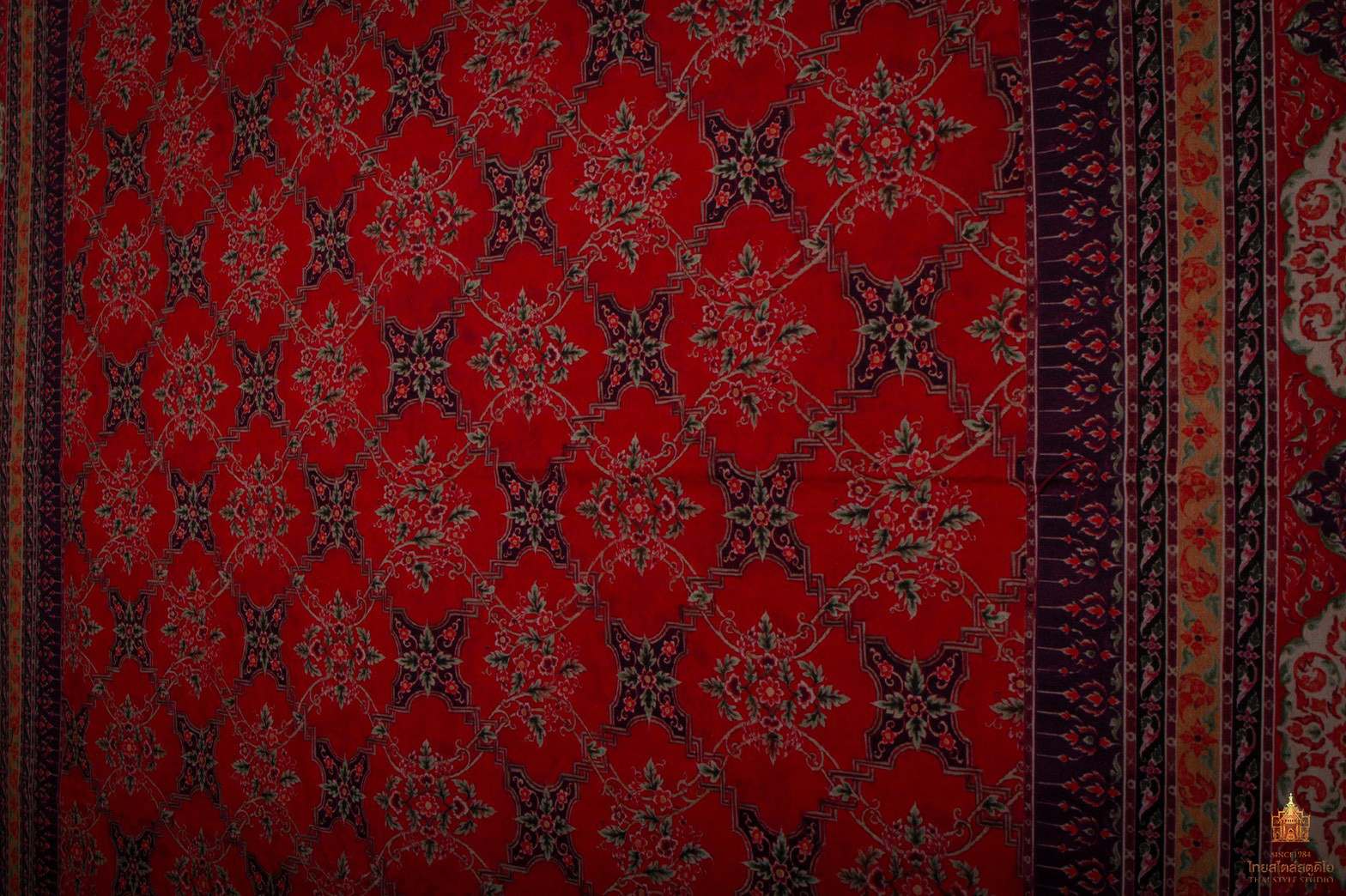
1) Tong Pha, or the largest part of the fabric.

2) Sang Wian or the Hems, vertically surrounding the first part

3) Kruai Cheung, the horizontal hems of the cloth. It is Kruai Cheung that will determine the prestige of the fabric and the wearer.
- For example Pha Lai Yang
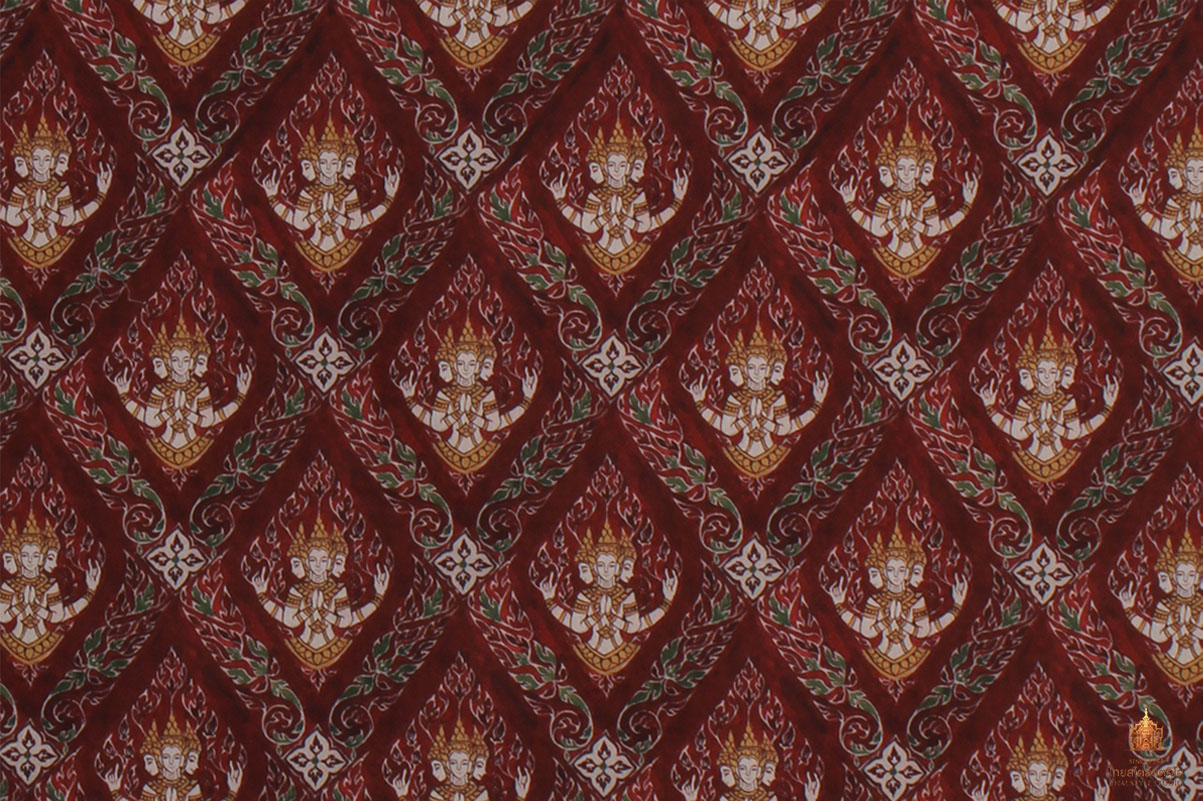
Sattabun Bucha textile
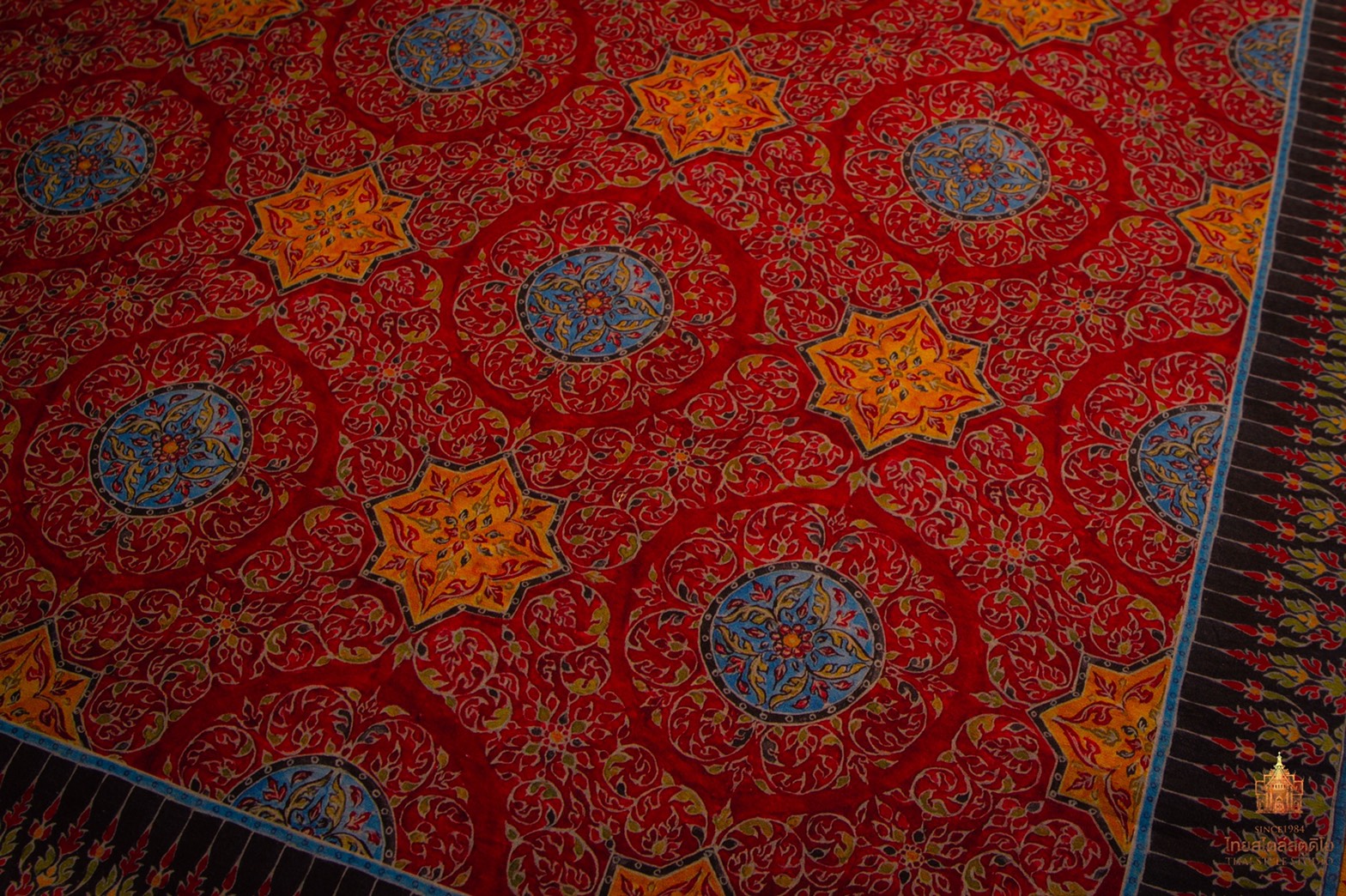
Kudan Kantawal textile
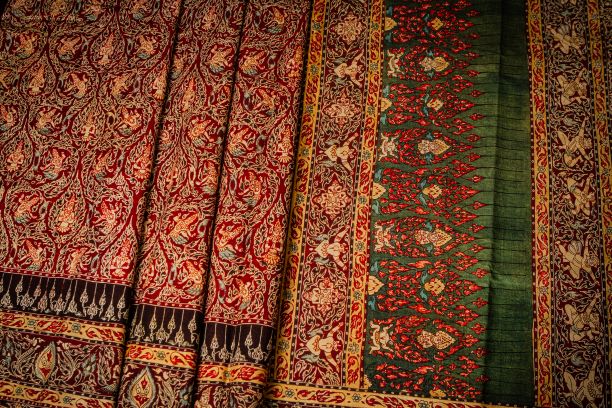
Dheprumkankhod textile
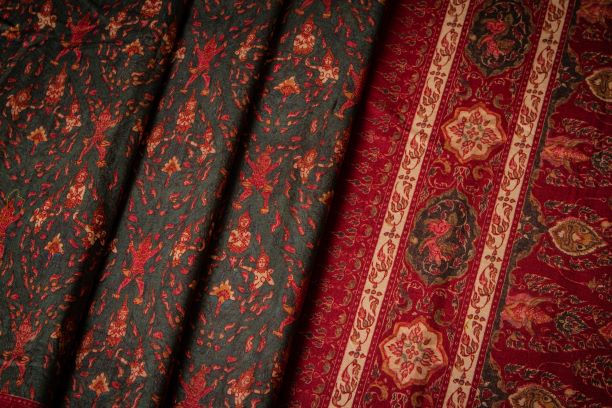
Dheppanom Phumkaobin textile
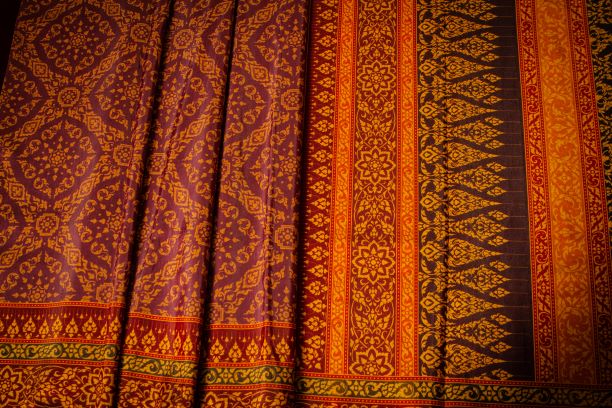
Daralai textile
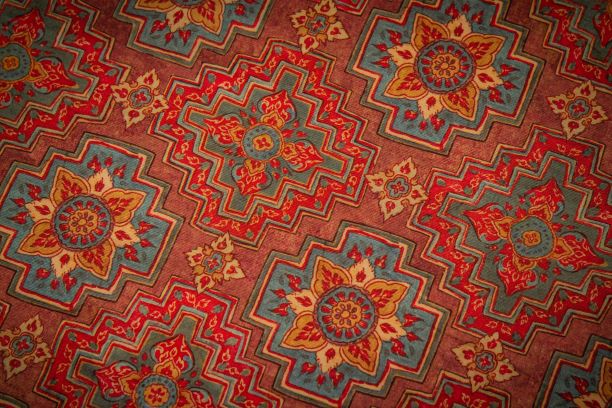
Yormummaisibhong textile
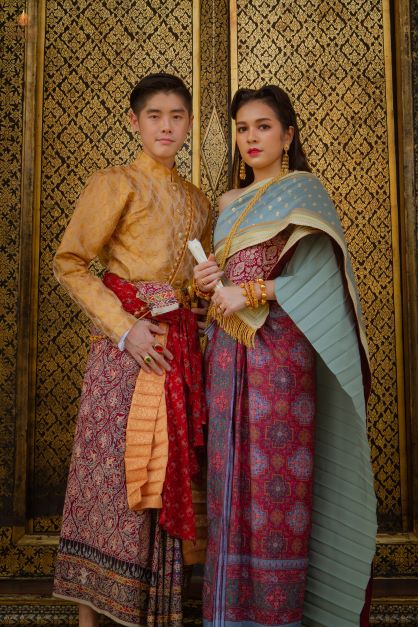
Once the western art and dressing substituted the Indian fashion, the restriction of the use of Indian fabric among commoners then lessened and the goods became more available in the commoner’s market.
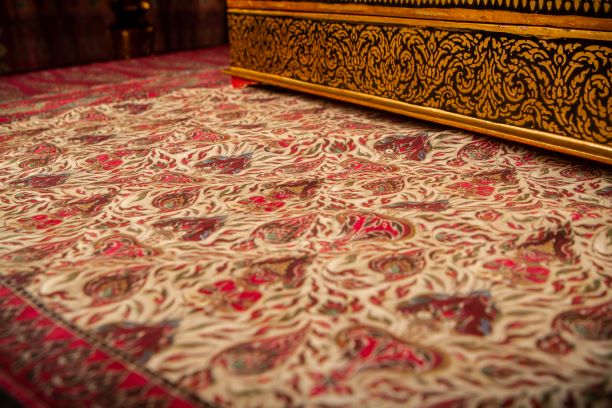
Palm leaf manuscript
an example palm leaf manuscript had made by Pha Lai Yang (Siamese chintz) in century 19 from Bangkok National Museum
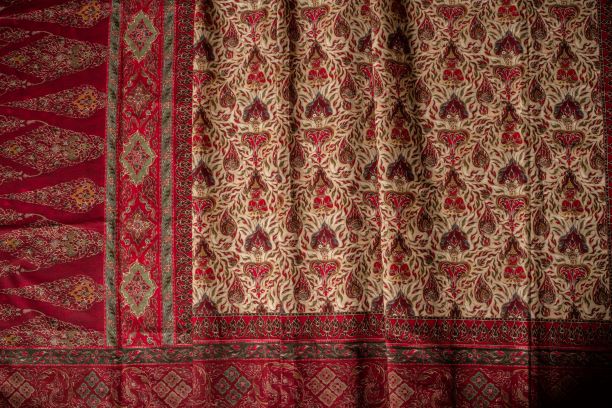
‘Pha Lai Nork Yang’
‘Pha Lai Nork Yang’ or Maskatee fabric, according to the ancient scripts, was a knock-off of the Indian print. The prints were roughly imprinted on Indian’s cotton. This allowed the commoner some leeway to wear the copy version of the prestigious Indian’s prints.
TRULY THAI AUTHENTIC YOU CAN BE
>>ติดตามเรื่องราวความเป็นไทยอย่างใกล้ชิดที่ Thai Style Studio<<
เพราะเราเชื่อว่า “มากกว่าความรู้สึก คือ การได้สัมผัสประสบการณ์ความเป็นไทยด้วยตัวคุณเอง”
